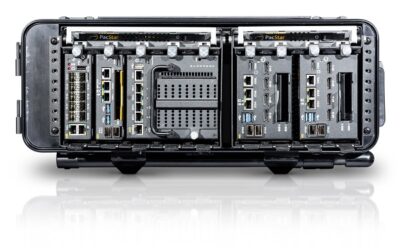¥5.19 trillion includes cruise missiles
As the very last thing in 2017, on 30 December 2017, Japan’s Cabinet approved a record-high draft defence budget for fiscal 2018 to strengthen Japan’s missile defences against the growing threat from North Korea, breaking the record for the fourth consecutive year.
The draft budget for fiscal 2018 rose to ¥5.19 trillion from ¥5.13 trillion the previous year, and covers upgrades to the ballistic missile defence system and procure long-range cruise missiles to be launched from fighter jets.
“Our nation’s security is under a greater threat. It is significantly important that we procure cutting-edge equipment,” Defence Minister Itsunori Onodera told reporters in a press conference on 30 December. “It’s important that we continue to increase pressure on North Korea to urge the regime to alter its policy. [US] President [Donald] Trump repeated ‘all options are on the table.’ We must prepare to be able to correspond to various situations.”
This Tuesday the government said it will introduce two AEGIS Ashore interceptor batteries, so ¥700 million was allocated to survey potential sites and design a deployment plan. Japan plans to deploy two AEGIS Ashore batteries by 2023 at the earliest.
Lockheed Martin‘s AEGIS Ashore will add a new layer of protection to Japan’s current missile shield, which consists of Raytheon PATRIOT interceptor batteries, backed up by AEGIS-equipped destroyers. To buy Raytheon Standard Missile-3 (SM-3) Block IIA interceptors for AEGIS Ashore, the ministry allocated ¥44 billion.
For more detail on AEGIS Ashore’s radar, please see Tom Withington’s piece here.
More than 40% of key defence hardware that Japan plans to introduce by the end of fiscal 2018 has not been fully budgeted for, and even some that has is behind schedule for deployment, leaving potentially serious gaps in this country’s security capabilities.
The delays come even as Japan’s defence spending climbs to new heights. The fiscal 2018 budget proposal approved by Prime Minister Shinzo Abe’s government in December seeks a record ¥5.19 trillion for defence, a 1.3% year-on-year increase.
Of the 23 major procurement items identified in Japan’s current five-year defence programme, only 13 were fully funded as of the fiscal 2018 draft budget. These include two destroyers fitted with the AEGIS missile interceptor system and 28 F-35A stealth fighters.
On the other ten, appropriations have fallen short. While the fiscal 2014-18 procurement plan calls for 10 C-2 transport planes, contractor Kawasaki Heavy Industries is running about five years behind schedule. Funds have been budgeted for only seven of the planes so far. A dearth of C-2s, used to carry combat vehicles and midsize helicopters in addition to personnel, could hinder Japan’s efforts to defend outlying islands and respond to disasters.
DPM
























